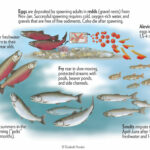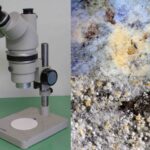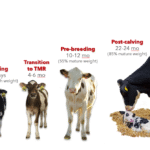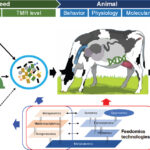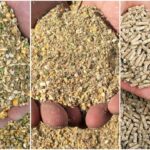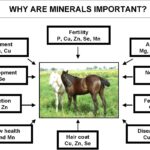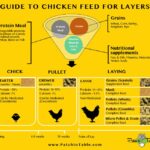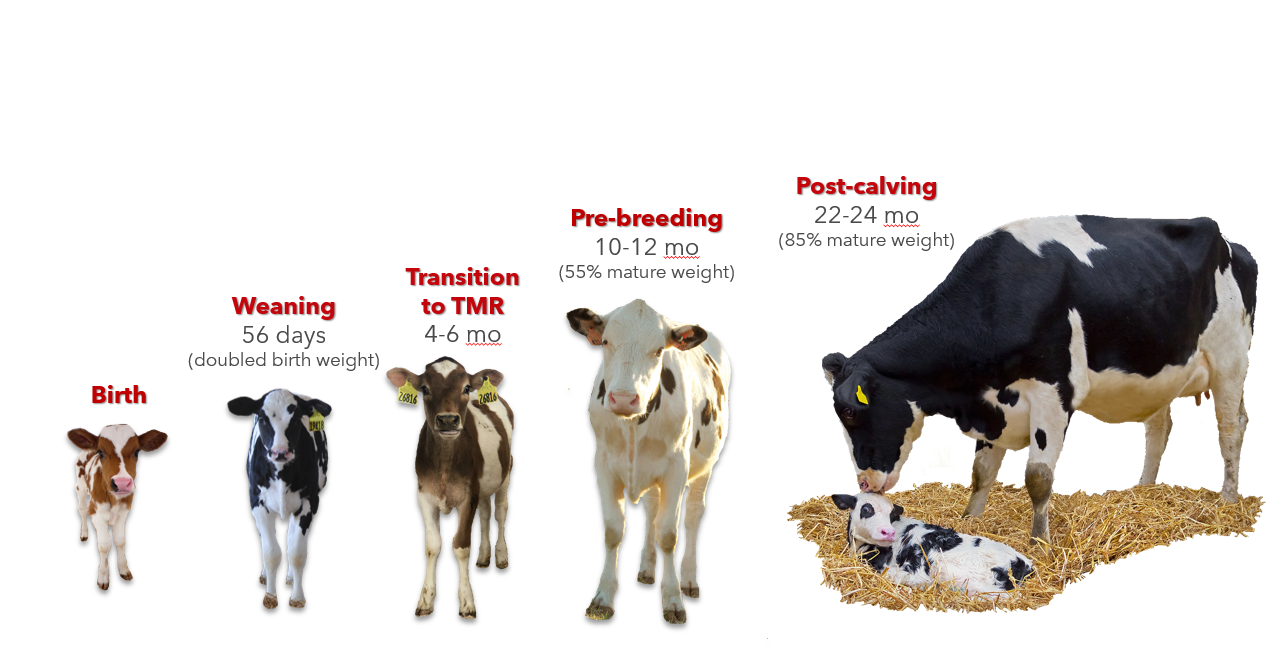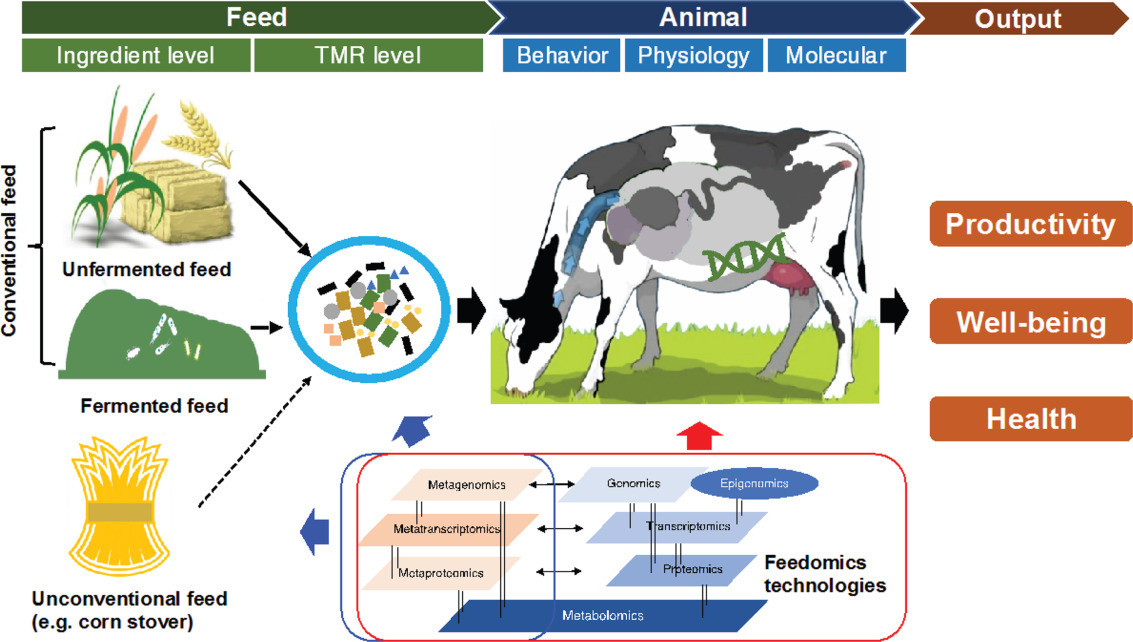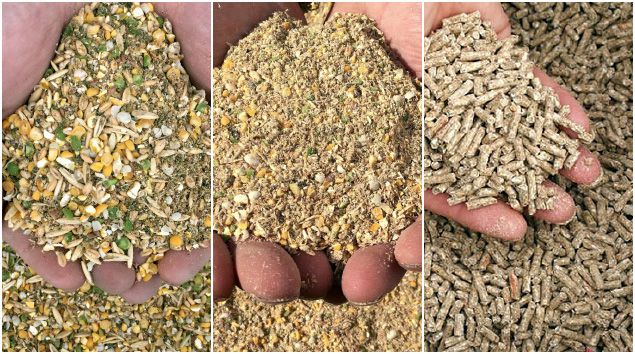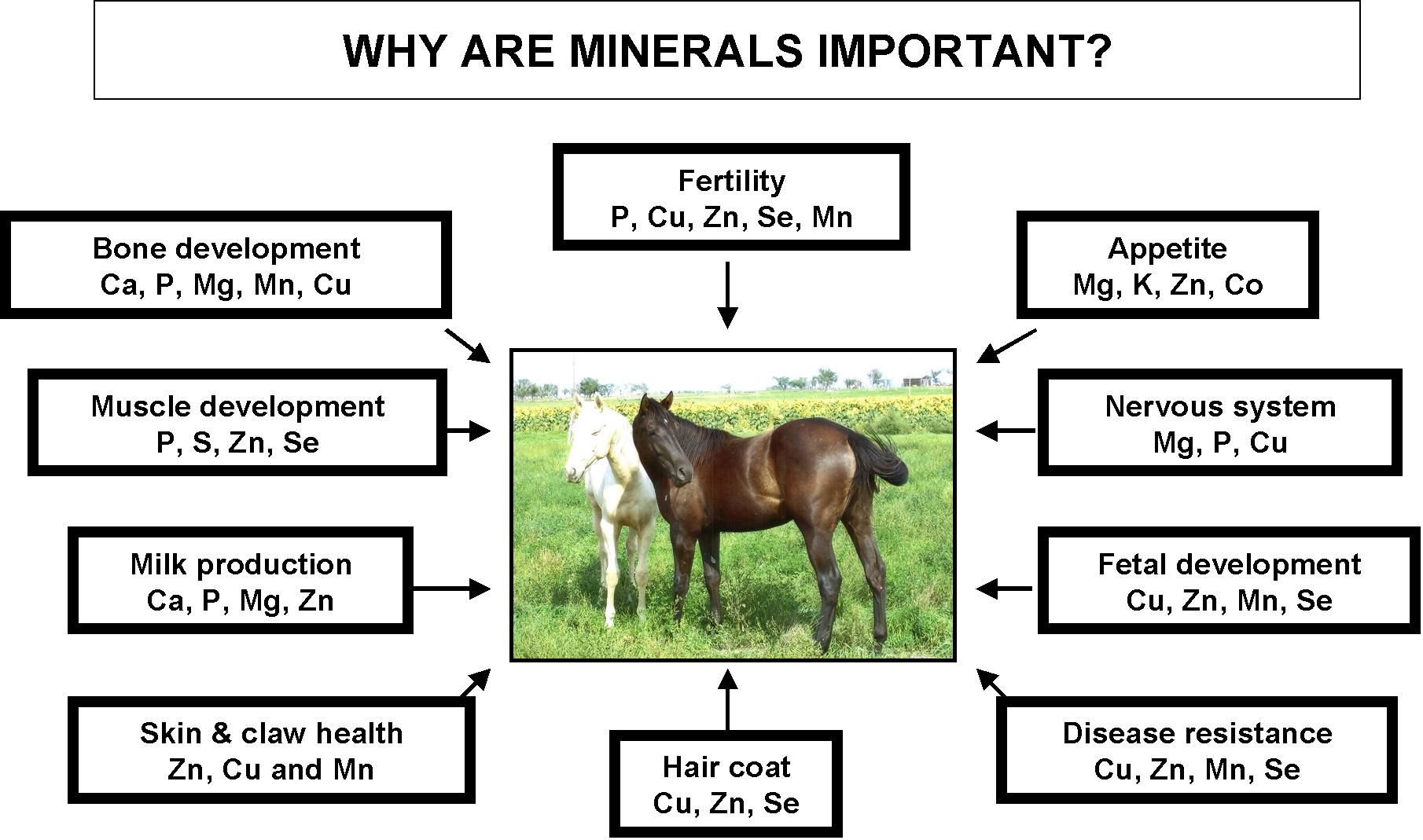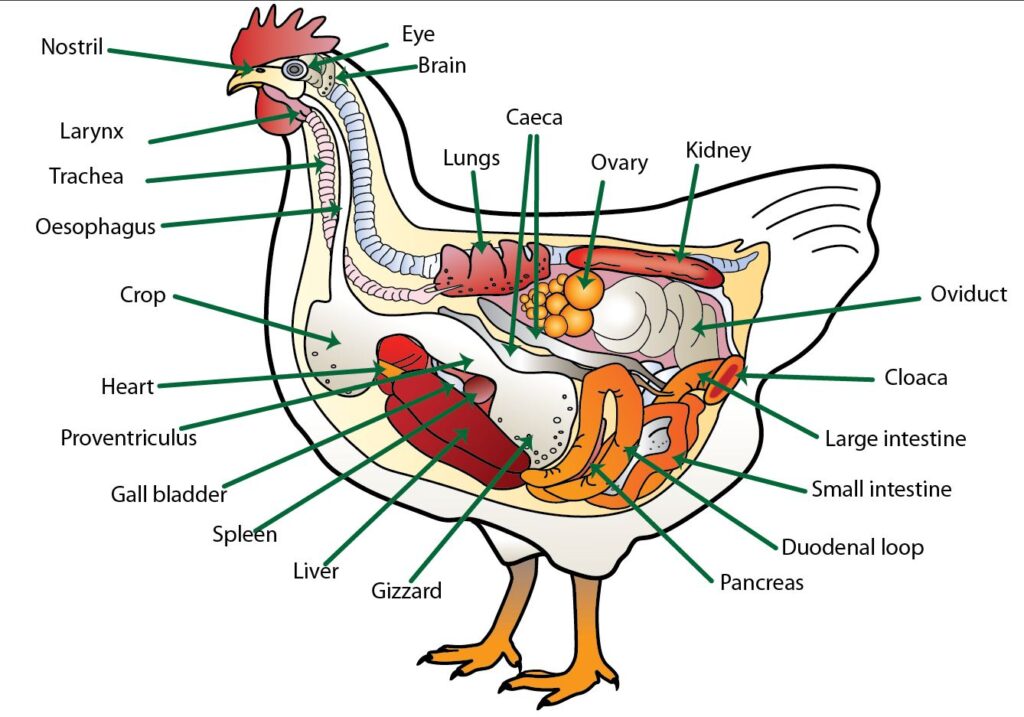
Mouth
The chicken has no lips, soft palate, cheeks, or teeth, but rather has a
horny upper and lower mandible (beak) which it uses to pick up food. The
upper mandible is firmly attached to the skull while the lower mandible is
hinged. The hard palate is divided by a long narrow slit in the center that
is open to the nasal passages. This opening and the absence of a soft palate
make it impossible for the bird to create a vacuum to draw water into its
mouth. Therefore, in order to drink, the bird must elevate its head to allow
the water to run down the esophagus by gravity.
The chicken has a dagger-shaped tongue that has a very rough surface
near the back which helps to force food into the esophagus. Saliva, with
its enzyme amylase which is used to convert starches to sugars during
digestion, is secreted by the glands in the mouth. Another function of saliva
is as a lubricant to help with the transport of food particles from the
mouth down the esophagus and into the crop.
Chickens have fewer taste buds than mammals; the human has about
9,000 compared to only 250 to 350 for the chicken. The chicken’s taste buds
are located in several areas of the mouth and beneath the tongue. Chickens
are considered to have relatively poor taste acuity, but do respond to specific
tastes such as salt and sugar. Birds appear to have a wide tolerance
for acidity and alkalinity of their drinking water. Birds can discriminate
between drinking water temperatures of as little as 5°F (3°C) and will refuse
to drink water at temperatures above 110°F (38°C).
Esophagus
The esophagus or gullet is the tube through which the food passes on
its way from the back of the mouth (pharynx) to the proventriculus. It is
composed of two regions; the upper part (between the mouth and the crop)
is approximately 8 inches (20 cm) long in the adult chicken, while the lower
part (between the crop and the proventriculus) is about 6 inches (16 cm)
in length.
Crop
Just before the esophagus enters the body cavity it extends on one side
into a pouch known as the crop, which acts as a storage place for food.
Little or no digestion takes place here except for that involved with the
salivary secretion of the mouth, which continues its activity in the crop.
Proventriculus
An enlargement of the esophagus just prior to its connection with the
gizzard is known as the proventriculus, sometimes called the glandular
or true stomach. It is here that gastric juices are produced and secreted.
Pepsin, an enzyme needed for the digestion of protein, and hydrochloric
acid are secreted by the glandular cells. Because the food passes quickly
through the proventriculus there is little digestion of food material here,
but the secretions pass into the gizzard where the enzymatic action occurs.
Gizzard
The gizzard, sometimes called the muscular stomach, lies between the
proventriculus and the upper portion of the small intestine. It has two
pairs of very powerful muscles capable of exerting great force and a very
thick mucosa, the surface of which constantly erodes and sloughs off. The
gizzard is inactive when empty, but once food enters, the muscular contractions
of its thick walls begin. The larger the particles of food, the more
rapid the contractions. When fine material enters the gizzard it leaves in
a few minutes, but when the food is coarse it can remain in the gizzard
for several hours. If the gizzard contains an abrasive material, such as grit,
rock, gravel, etc., food particles can be ground more rapidly prior to entering
the intestinal tract. Finer feed grinding practices and the use of larger
particle size calcium sources for layers have practically eliminated the
need for grit in today’s commercial diets.
Small Intestine
The small intestine is comprised of two major sections, the duodenal
loop and the ileum. Within the duodenal loop lies the pancreas that secretes
pancreatic juices containing the enzymes amylase, lipase, and trypsin.
Other enzymes are produced by the walls of the small intestine, further
aiding with the digestion of protein and sugars. In the adult chicken, the
small intestine is approximately 55 inches (140 cm) long. The small intestine
is the primary site of nutrient absorption.
Ceca
Between the small and large intestines lie two blind pouches known as
ceca. Each cecum is about 6 inches (15 cm) long in the adult bird. The exact
function of the ceca is not well defined, but it has been concluded they
have little to do with digestion and only minor functions associated with
water absorption. A small amount of carbohydrate and protein digestion
and the microbial fermentation of dietary fiber also takes place in the ceca.
Large Intestine
The large intestine is a relatively short extension of the small intestine
in the chicken, being only 4 inches (10 cm) long in the adult bird. It is
about twice the diameter of the small intestine. It extends from the end of
the small intestine to the cloaca. The large intestine is involved in water
resorption, and in doing so assists with maintaining the water balance in
the bird.
Cloaca
The bulbous area at the end of the alimentary tract (from the mouth to
the vent) is known as the cloaca. Cloaca means “common sewer,” and in
the case of the chicken, the digestive, urinary, and reproductive tracts all
empty into the cloaca.
Vent
The vent (anus) is the external opening of the cloaca. Its size varies
greatly in the female, depending on whether or not she is producing eggs.
4-G. CIRCULATORY SYSTEM 53
Supplementary Digestive Organs
Certain organs are closely associated with digestion because their secretions
empty into the intestinal tract and aid with the breaking down and
absorption of food material.
Pancreas. The pancreas lies within the duodenal loop of the small intestine.
It is a gland that secretes enzymes into the duodenum by way
of the pancreatic ducts. These enzymes aid in the digestion of starches,
fats, and protein. The enzymes, also know as pancreatic juices, neutralizes
the acid condition created in the proventriculus.
Liver. The liver is composed of two large lobes. Among its functions
is the secretion of bile, a slightly sticky yellow-green fluid containing
bile acids. These acids enter the small intestine at the lower end of
the duodenum and aid with the digestion of fats. The bile secretions
contain no digestive enzymes. Its chief function is to neutralize the
acid condition and to assist with the digestion of fats by forming emulsions.
In addition, the liver is involved in the metabolism of fats, proteins,
and carbohydrates.
Gallbladder. While the chicken has a gallbladder, some birds do not.
As discussed under Liver above, two bile ducts are used to transfer
bile from the liver to the intestines. The right duct, through which
most of the bile passes and is temporarily stored, is enlarged forming
the gall bladder. The left duct is smaller, therefore only a small
amount of bile passes through it directly into the intestines.
4-F. URINARY SYSTEM
The urinary system consist of two kidneys that are located just behind
the lungs. A single ureter connects each kidney with the cloaca. The urine
of chickens is mainly uric acid, the end product of protein metabolism,
which is mixed with the feces in the cloaca and evacuated in the droppings
as a white pasty material.
4-G. CIRCULATORY SYSTEM
The purpose of the circulatory system is to carry oxygen (02 ) from the
lungs and nutrients that have passed through the intestinal walls to the
cells (arterial blood). The venous system carries carbon dioxide (C02 ) back
to the lungs and waste products from metabolism back to the kidneys for
excretion from the body. The heart of the chicken, as in mammals, has
four chambers: two atria and two ventricles. It beats at a comparatively
rapid rate of about 300 pulsations per minute. The smaller the bird, the
54 ANATOMY OF THE CHICKEN
more rapid the contractions. Chicks show an increased rate as they age.
Birds in bright light have a faster heart rate. The rate of individual chickens
is highly variable and may often double as the result of excitement alone.
Composition of blood. Blood is composed of plasma, salts, and other
chemicals, plus erythrocytes (red cells) and leukocytes (white cells).
In the chicken, the erythrocytes contain a nucleus in contrast to those
of mammals. The blood of a chicken contains about 3 million erythrocytes
per cubic millimeter.
The spleen serves as a storage site for the erythrocytes, and expels
its contents into the circulatory system as needed. Blood constitutes
about 12% of the weight of a newly hatched chick, and about 6 to 8%
of the mature chicken.
Function of blood. Blood has numerous functions, including the following:
1. It moves O 2 to body cells and removes CO2 from them.
2. It absorbs nutrients from the alimentary tract and transports
them to tissues and cells.
3. It removes the waste products of cellular metabolism.
4. It transports hormones produced by the endocrine
glands to various sections of the body.
5. It helps regulate the water content of body tissues.
Blood pressure. Blood pressure of chickens of all ages is normally measured
as mmHg. Even the pressure of the developing embryo can be
recorded. As with humans, there are two separate measurements:
1. systolic pressure (arterial)
2. diastolic pressure (as the blood returns to the heart).
Following are the recognized blood pressures of adult chickens:
Adult female chicken
Adult male chicken
Source: Sturkie (1986)
Thank you for reading. Don't forget to subscribe & share!

